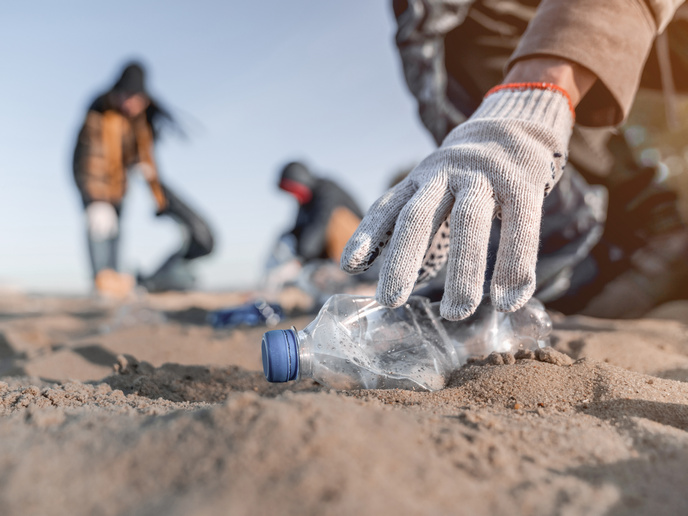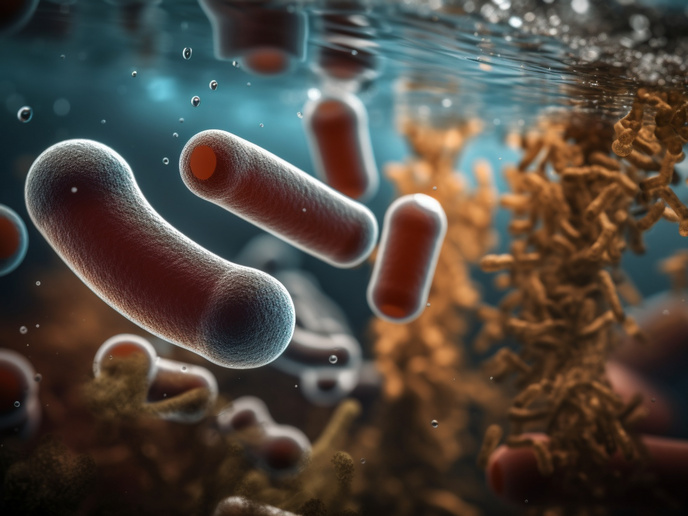Worms and insects give new life to plastic waste
The agriculture and food packaging industries consume huge amounts of plastic. Finding ways to reuse this material and reduce waste remains a major challenge. For example, around half of used food packaging that ends up in municipal waste cannot be recycled because it contains food remains or is a mixture of different plastics. This plastic waste is destined for landfilling or incineration and can often end up in the soil. “Current recycling routes are insufficient for dealing with these issues,” explains RECOVER project coordinator Maria Lopez from the University of Almeria in Spain. “We need to find new solutions.” RECOVER received funding from the Bio-based Industries Joint Undertaking, a public-private partnership between the EU and industry.
Turning plastic waste into useful products
In response to this, RECOVER has pioneered new ways to turn plastic waste into useful products and remove existing plastic contamination. For this, biological solutions were employed. “Our tools were microorganisms, insects and earthworms,” says Lopez. “We combined their natural capabilities to transform and eliminate plastic in three key scenarios.” The first scenario focused on plastic that cannot be easily recycled. A combination of insects and microorganisms known to feed on and breakdown plastic were trialled. This biological cocktail was used to break down plastic waste, to create a range of new possibilities. Manure from the plastic-eating insects known as insect frass was used for fertiliser preparation, while chitin, an antimicrobial compound extracted from insect exoskeletons, was used to produce biodegradable food packaging. “This food packaging can also extend the shelf life of food because it has antimicrobial properties,” adds Lopez. “We tested this on chicken breast in the project.” The chitin and even parts of the insects were also used to produce film for agriculture and biodegradable plant pots, respectively. “The idea is that these pots can be used together with the fertiliser produced from insect frass,” explains Lopez.
Removing organic waste contamination
A second scenario looked at streams of organic waste, which often contain plastic. This contamination can be hard to separate and remove, resulting in plastic contamination in compost. To tackle this, the project used a particular type of earthworm, along with microorganisms, to eliminate this plastic. “Microorganisms can act as probiotics for earthworms, helping them to feed on the plastic and turn it into fertiliser,” notes Lopez. “This compost can then be combined with the insect waste from our first scenario to produce a high-value compost.” The third scenario involved removing plastic contamination from soil, this time using a different species of earthworm. The project also looked at ways of monitoring and modelling microplastic contamination in the ground and in compost.
Biodegradable plant pots, fertilisers and food packaging
Key successes in the project included the development of a device for microplastic monitoring, biodegradable plant pots, fertilisers and food packaging film. “All these products are moving towards commercialisation,” remarks Lopez. “Eliminating plastic from the soil however proved more challenging.” This is something that Lopez believes the public should be aware of. “Plastics are in the environment, and there is still work to be done here,” she adds. “Our approach however could be part of a future solution.” Indeed, a great deal has been learned through the RECOVER project. “There are many biological solutions that could be used to help us reach our recycling targets,” says Lopez. “This is the tip of the iceberg, from a biotech point of view.”
Keywords
RECOVER, plastic, waste, microorganisms, worms, insects, recycled, contamination







